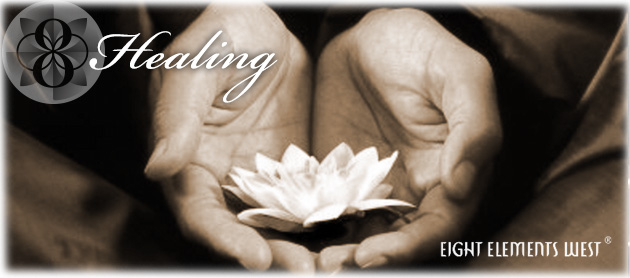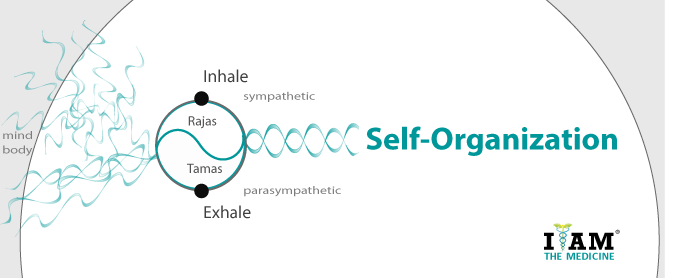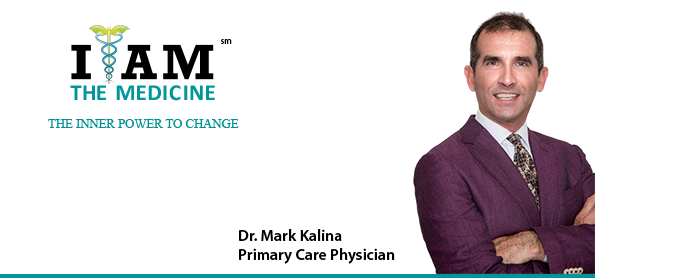Irritable Bowel Syndrome (IBS) is a dysregulation of intestinal function. Those with IBS experience loose stools, diarrhea,…
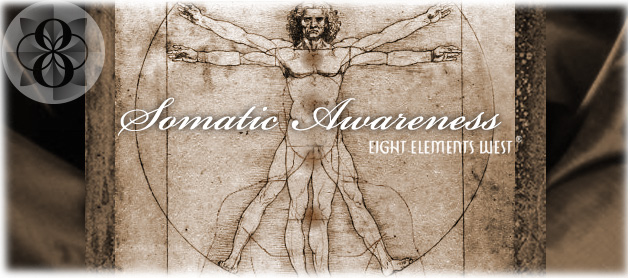
Relaxing the Cranial Nerves
Pratyahara: Allowing the Senses to Recede
In the 5th element of yoga, pratyahara, the senses take a respite from the world.
The senses – eyes, ears, skin/face even taste – are often aggressively used tissues. This is true especially in Western cultures where we are trained to be consumers and producers, to focus on “going after what we want” and “to make things happen.” Yet, in allowing the senses and cranial nerves to restore by receding their attention, we actually strengthen our inner body and our inner being – a pull back of the wave, a de-loading of the system is precisely what is needed to move forward again in our pursuits with even more inner strength and centeredness.
Here’s a simple routine/relaxation script. It takes less than 2 minutes:
Allowing the Senses to Recede
1. Lie down or sit in a comfortable chair in a quiet place.
2. Turn off artificial lighting. You may do this while in bed, when ready to fall asleep. If it’s a night respite, light a candle.
3. Eyes: “Let your eyes take a step back … resting in their sockets … relaxing the skin around the eyes … the eyebrows (Let is the key word here). Allow the eyes to rest back toward the center of your brain … toward the back of the skull. Allow the face to soften.”
4. Nose: “Let the septum of the nose lengthen down away from the brain … Lengthen the line between the 2 nostrils toward your jaw … then toward your throat … toward your chest … then your abdomen.
5. Notice your body and breath. Most likely you now feel quieter, softer, and more centered.
6. Tongue: “Let the tip of your tongue soften … Allow your entire tongue to move away from the roof of the mouth … to relax on the bottom of the jaw … while your lips stay together … or part ever so slightly … Allow the root of your tongue to rest back toward the throat … Relax your throat.” Remind yourself, if the throat, face or eyes are tense, your breath and your brain will be tense.
7. Ears: “Let the center of the eardrum settle back in toward the brain … toward the center of skull … Let the inner ear rest there … completely.”
8. Face: “Let the skin on the face take a step back from the world … Let your brow soften … allow the skin to melt down toward the jawline.”
9. Breath: “Notice your breath … without trying to change it in any way … for a moment … Now draw the breath evenly through the right and left nostrils … along the center line between the 2 nostrils … and with the breath access the center point between the eyebrows … Now release the breath evenly through the right and left nostrils … along the center line between the 2 nostrils … allowing the breath to descend down toward the heart … and soften your attention there.”
10. Allow your attention to expand and let go.
During the day take time to notice whether you are clenching or gripping in these areas, and exacerbating unconscious tension.
Below is background information on how the senses are involved in your external and internal worlds. Reading this may strengthen your mini-meditation routine:
From Somatic Experiencing . . .
Perhaps you can remember taking a hike in the woods, when
a small sound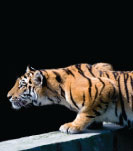 suddenly grabs your attention. Your ears and eyes perch up to detect sound and movement. As they do your neck and back tense, your arms and legs prepare to mobilize. Your eyes narrow as you attempt to detect the location and source of this movement. Your autonomic nervous system becomes activated as heart rate and breathing speed up. Your body is asking the question, is it a threat, or is it safe?
suddenly grabs your attention. Your ears and eyes perch up to detect sound and movement. As they do your neck and back tense, your arms and legs prepare to mobilize. Your eyes narrow as you attempt to detect the location and source of this movement. Your autonomic nervous system becomes activated as heart rate and breathing speed up. Your body is asking the question, is it a threat, or is it safe?
To establish the degree of caution you’ll need to take, your eyes, ears, head and neck turn to scan the environment. Then you notice how you feel. Are you alert? Engaged? Curious? Or anxious about potential danger? This sequence of movements, assessments and decisions are made within seconds – the less time you waste, the greater your chance of survival in the face of potential danger. The primal scanning of the environment cues the nerves on the back of the neck and in the brain to signal that indeed “all is well and safe”.
Dr. Peter Levine describes Orientation as one
of our most basic adaptive survival instincts:
“When an animal senses a change in its environment, it responds by looking for the source of the disturbance … The animal orients itself toward a potential mate or source of food, and away from danger.” 1
“Orienting responses are the primary means a through which the animal tunes into its environment. These responses are constantly merging into one another and adapting to allow for a range of reactions and choices.” 2
‘”In fact, the word instinct is rarely found in modern psychological literature. Rather it is purged and replaced with terms such as drives, motivations and needs. While instincts are still routinely drawn up to explain animal behaviors, we have somehow lost sight of how many human behavior patterns (though modifiable) are primal, automatic, universal and predictable.” 3
For more on this subject Somatic Experiencing – Orientation, Click Here
When the senses recede, they become silent and still, causing the brain can become a passive organ. During yoga practice Iyengar says, “The eyes should be soft and sunk in. Keep the eyes open and relaxed at the same time looking backward during your practice. This looking backward educates the eyes to look within and allows you to observe your body and brain. Let your eyes be like flowers, blossoming … You have to feel with your eyes open. If they eyes are outward rather than inward, there is no integration.” 4
“In the same way, our organs of perception and of action (arms, legs, mouth, organs of excretion, organs of reproduction) are meant for the cultivation of the inner body. Unfortunately, we usually forget the inner body and concern ourselves with the outer body only because we only see the world outside and not what is going on inside the tree. We do not see how nourishment is drawn from the external atmosphere by the leaves and flows in the sap, protected by the bark, to feed the root and the whole tree.” 5
We practice the strength to draw attention inward to restore the wellspring of our inner vitality, to feed the ‘tree’ of our own body, “Instead of being extraverted, the brain becomes introverted and begins to trace its source.” 6
A list of the Cranial Nerves
Relaxing the neck, face and head helps to relax the 12 cranial nerves:
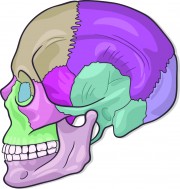
I – Smell
II – Vision
III, IV, VI – Eye Movement
V – Facial sensation
VII – Facial expression
VIII – Hearing and balance
IX – Oral sensation and taste
X – Abdominal/Thoracic organs
XI – Shoulder elevation, head-turning
XII – Tongue movement
I – Oflactory
II – Optic
III, IV, VI – Oculomotor, Trochlear, Abducent
V – Trigeminal
VII – Facial
VIII – Vestibulocochlear
IX – Glossopharyngeal
X – Vagus (the king of the cranials)
XI – Spinal Accessory
XII – Hypoglossal

CCO/Founder
Yoga Instructor
Gloria Gonzalez is CCO/Founder of Eight Elements West, an Institute for Somatic Movement and Integrative Wellness dedicated to elevating the human experience through Movement, Nutrition, and Medicine. For nutrition/somatic therapies: 21-Day Modern Medicine Detox, Somatic Experiencing, Visceral Manipulation & Craniosacral Therapy, and shamanic Soul Retrieval.
1, 2 Levine, P. and Frederick, A. Waking the Tiger: Healing Trauma: The Innate Capacity to Transform Overwhelming Experiences. Berkeley, CA: North Atlantic Books, 1997. p93, p94
3 Levine, P, In An Unspoken Voice: How the Body Releases Trauma and Restores Goodness. Berkeley, CA: North Atlantic Books, 2010. p231
4 Iyengar, BKS, Light On Life. Rodale, 2005. p39
5 Iyengar, BKS, The Tree of Yoga. Boston, MA: Shambala Publications, 1988. p116
6 Iyengar, BKS, The Tree of Yoga. Boston, MA: Shambala Publications, 1988. p120

